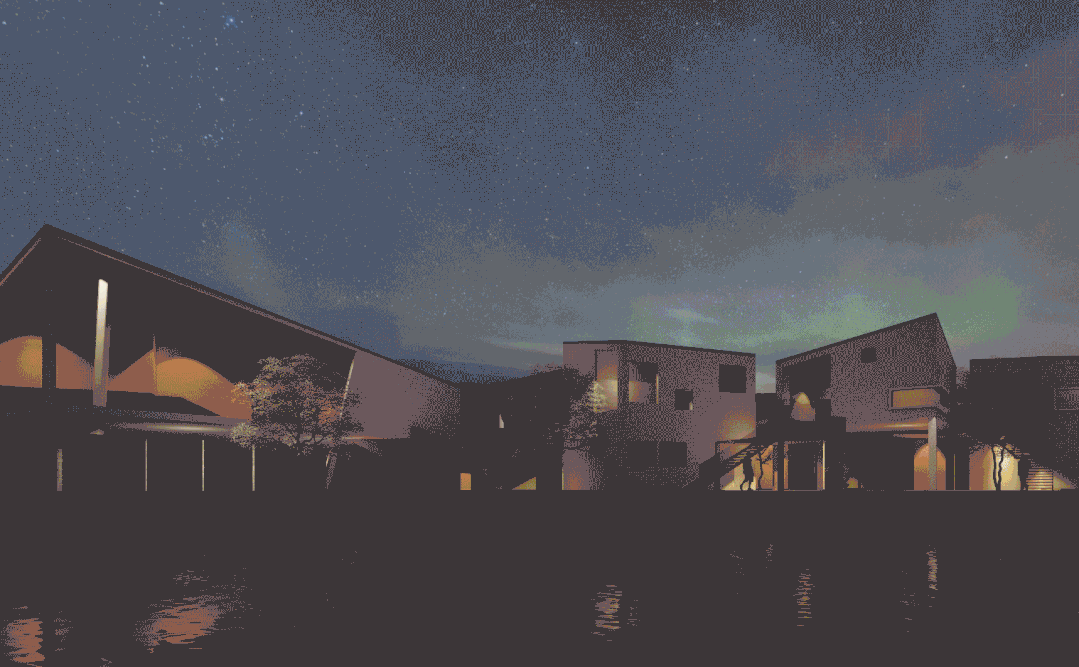城市飞地、空间孤立与城市发展制约和改善策略
Research on Urban Isolations, Limits of the Overall Urban Development, and Implement Strategies
作为MIT X JUND X麓湖A8设计中心联合课程Urban Hacking Chengdu五个研究成果之五,该研究聚焦“城市街区关联性”,讨论“城市街区之间开发缺乏协调”如何限制城市整体发展,并将研究范围从麓湖、成都扩展至中国各地新城市开发项目,以更好地理解此种城市现象的成因、历史与未来。
As one of the MIT X JUND X A8 Design Center joint course Urban Hacking Chengdu five research results, this research focuses on "disconnection of the urban blocks", discusses how "urban isolation" limits the overall urban development, and extends the research scope from LUXELAKES and Chengdu to new urban development projects throughout China, so as to better understand the causes, history and future of this urban phenomenon.
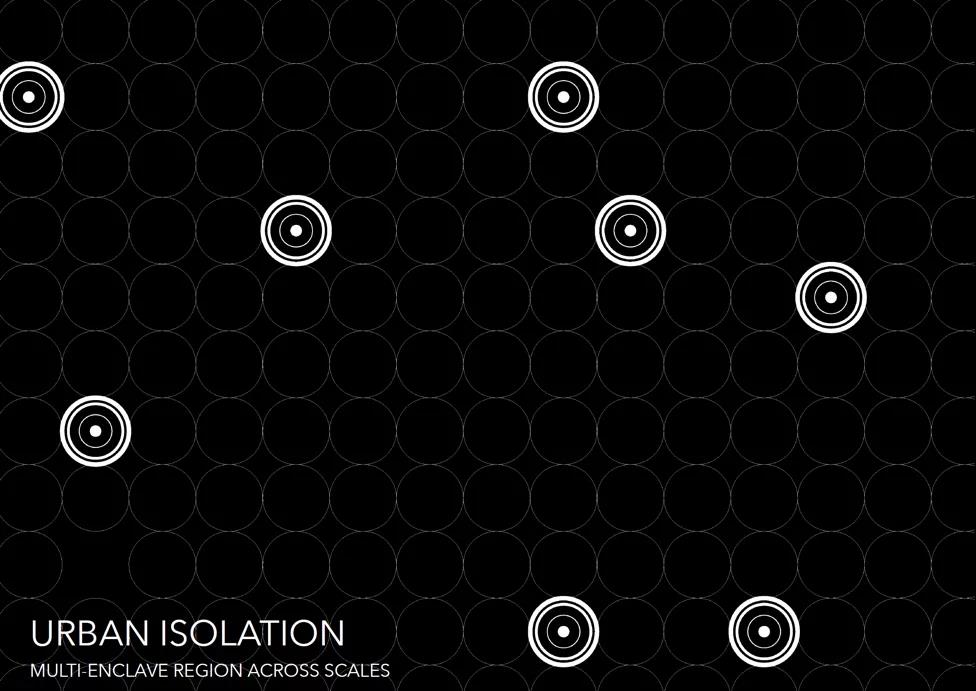
Urban Isolation:
Multi-enclave Region Across Scales
Designer: Luis Alberto Meouchi Velez

在我们访问成都期间,城市环境最引人注目的方面之一是城市内较弱的街区关联性。其中每个街区及其用途似乎都各成方圆但又与周围街区缺乏协调呼应。此外,这种具有排他性的系统不仅发生在周围其他开发项目。通过实地走访和研究航拍影像,我们发现城市街区开发之间缺乏协调的问题出现于不同尺度,并最终成为限制城市整体发展的根源之一。类似的问题不只发生于成都,而是普遍出现在多数中国各地新城市开发项目中。因此,通过研究不同尺度的街区间孤立性,我们希望更好地理解此种城市现象的成因、历史与未来。
One of the most noticeable aspects of the urban environment, during our visit to Chengdu, was the constant disconnection of the urban blocks within the city. Each one of the blocks and uses within them seemed to operate exclusively within its own boundaries and limits, unaware of their external contextual conditions. Further, such exclusive system did not only happen on a block scale. Isolation was a constant on a systemic and multi-scalar manner, in which borders of distinct natures, on an aim to connect the city as a whole, limited to connect smaller urban tissues. After acknowledging that such forms of urbanism happened not only Chengdu but all across the country, it became relevant to develop a research study of such isolation conditions in order to understand the distinct urban elements which incentivize it, ranging in scales from superblocks and highways, to fences and high-rises. This research attempts to answer the following questions: What are the origins, future and implications of segregated developments? And what are the multifactorial drivers of multi-enclave and isolated regions?
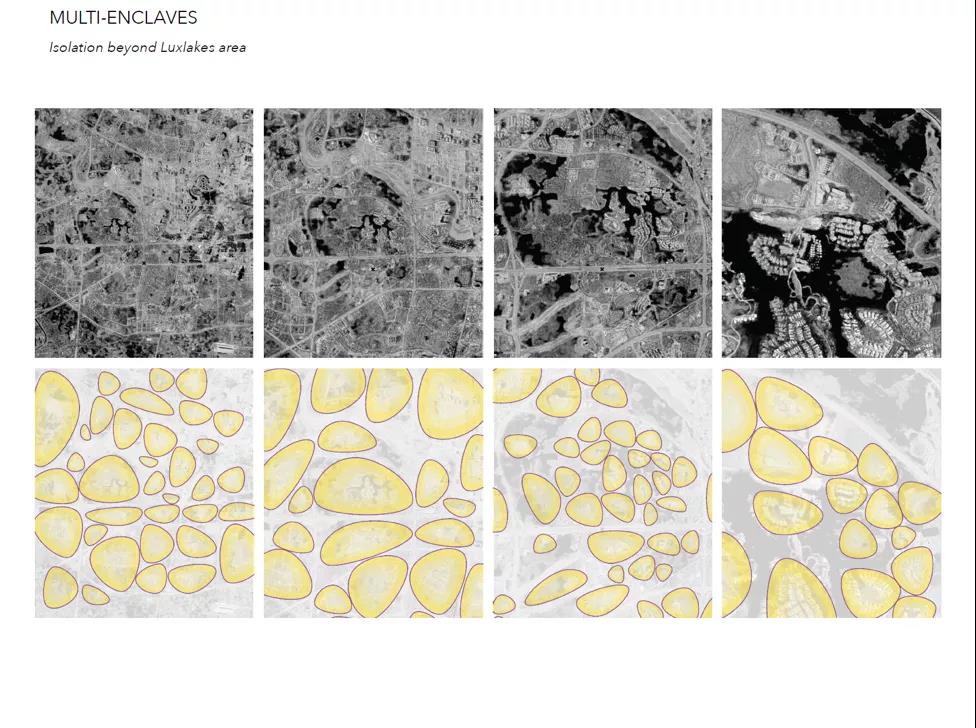
以下研究基于这些初步发现展开,不仅研究麓湖的发展,而且研究了导致排他性城市主义的中国城市发展政策和模式。
The following research is based on these initial findings, studying Luxelakes development not only within its own boundaries, but inside the Chinese urban development policies and patterns which have resulted in these forms of exclusive urbanism.
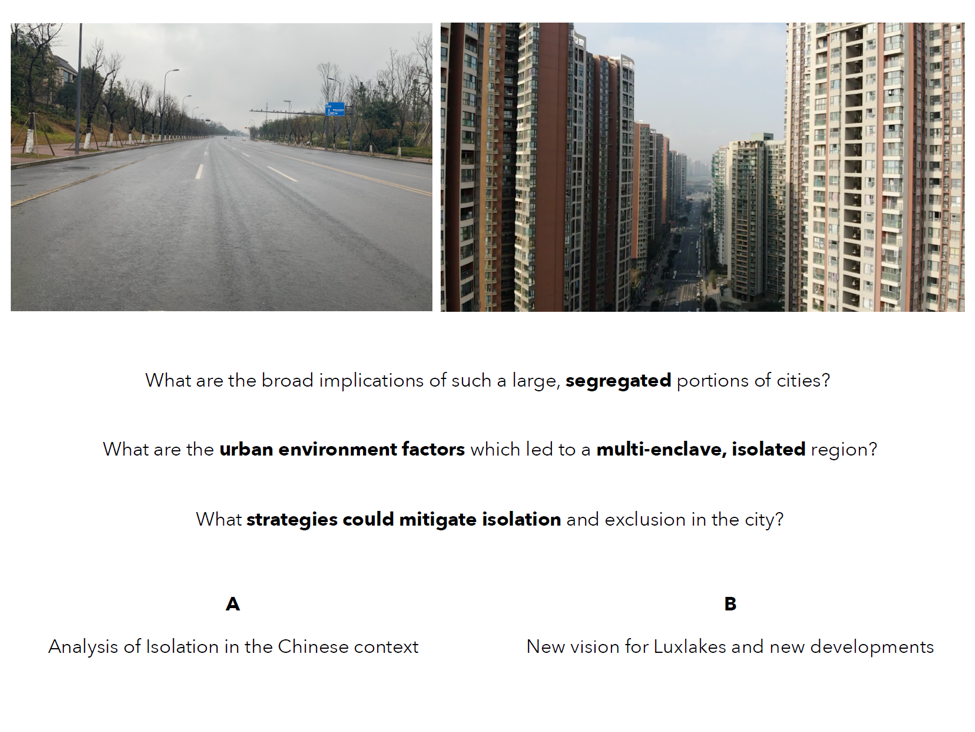
以下研究问题进一步探讨空间孤立的起因、结果以及先前的文献和理论。如此庞大,分散的城市空间的广泛含义是什么?导致多飞地、孤立区域的城市环境因素是什么?哪些策略可以减轻城市中的孤立与排斥?
The following research questions are formulated to develop on the origins, results and previous literature and theory of isolation. What are the broad implications of such a large, segregated portions of cities? What are the urban environment factors which led to a multi-enclave, isolated region? What strategies could mitigate isolation and exclusion in the city?
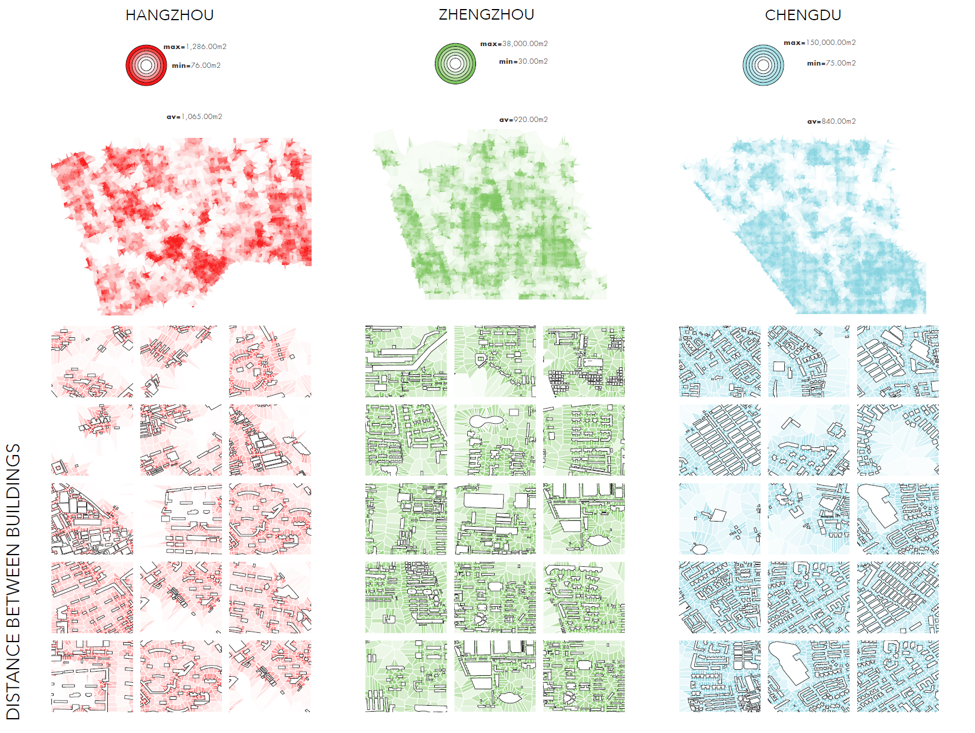
设计师选择了三个城市作为研究区域:成都、杭州和郑州。这三个城市有许多相似的特征。他们被认为是二线城市;他们的人口在1千万到1千5百万之间;城市网格系统在20世纪初被引入;以及在过去的35年中,他们经历了快速的城市化进程。
The designer selected three cities as my study areas: Chengdu, Hangzhou and Zhengzhou. All three of them share similar characteristics. They are considered second tier cities; their population range between 10 and 15 million; grid systems were introduced in the early twentieth century; and they have experienced a rapid urbanization process in the last 35 years.
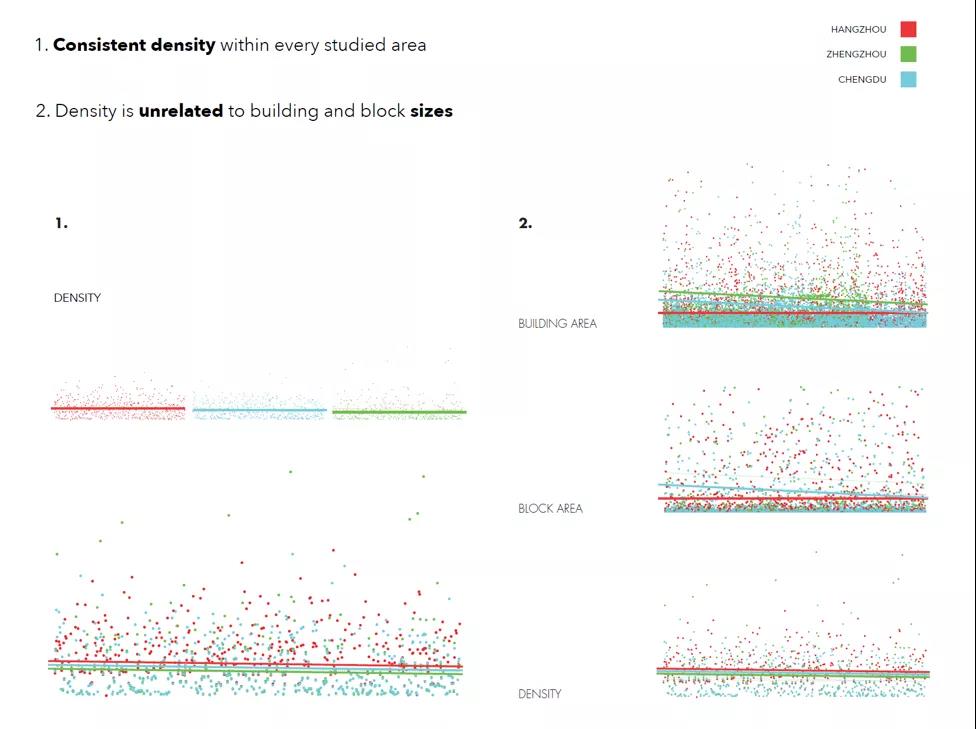
1、尽管密度可能分布不均,但在这三个研究模型中其密度在数量上是一致的。
2、 郑州的密度值最低,平均建筑物高度和建筑物占地面积最高,证明较高的密度不一定与较高和较大的建筑物相关。
1. The density, while it may not be equally distributed, is consistent in quantity across all three studied models.
2. Zhengzhou has the lowest density value, the highest average building height and building footprints, proving that higher densities are not necessarily correlated with taller and bigger buildings.
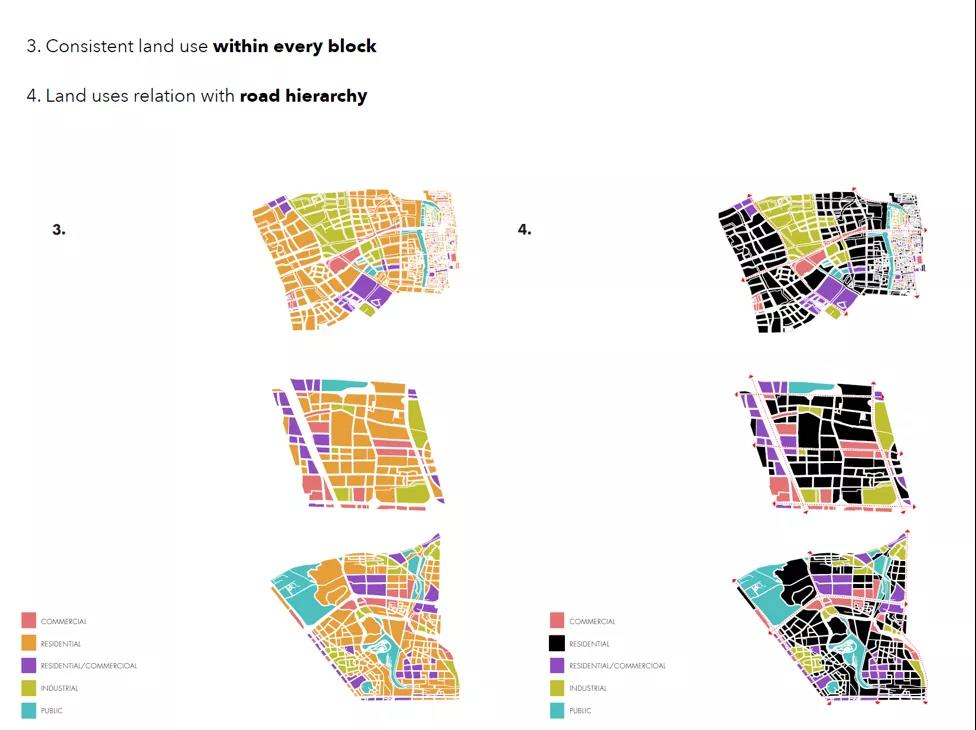
3、土地用途在每个街区中是一致的,没有出现零碎的状况。
4、土地用途由道路等级决定。
3. Land use is consistently the same within every block, is not fragmented or pulverized.
4. Land uses are dictated by the road hierarchy.
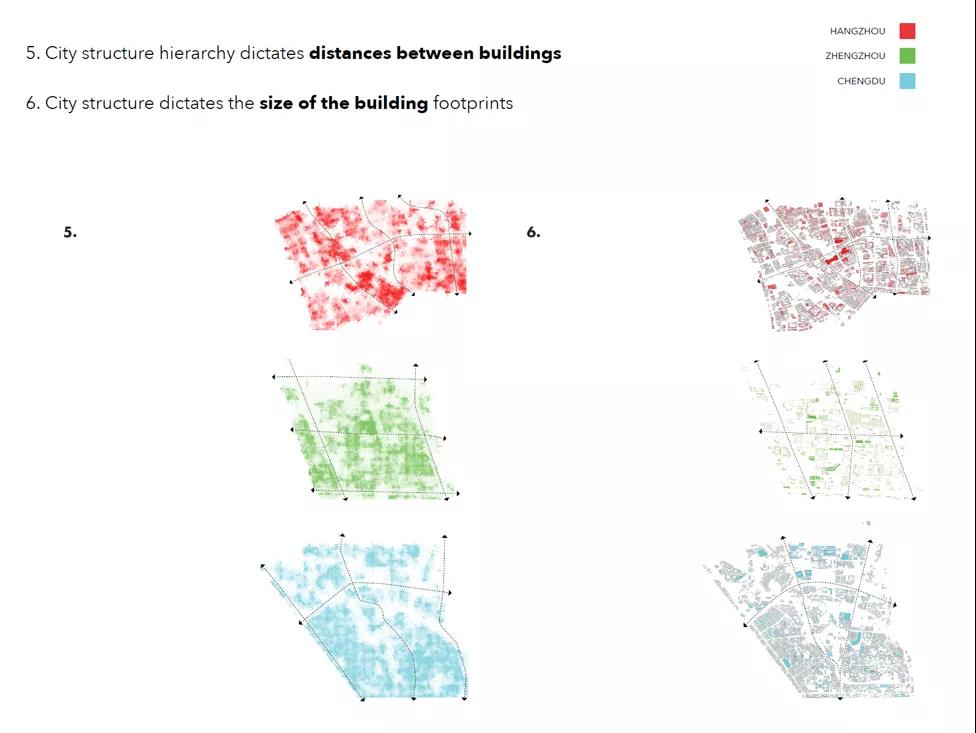
5、城市结构与建筑物间的距离之间存在密切关系。
6、不仅是街区大小的情况,道路结构本身还规定了建筑物占地面积的大小,从而决定了沿途的建筑物占地面积的大小。
5. There is a strong relation between the city structure and distances between buildings.
6. Not only is the case with block sizes but building footprint size is also mandated by the road structure, dictating the size of the building footprints along it.
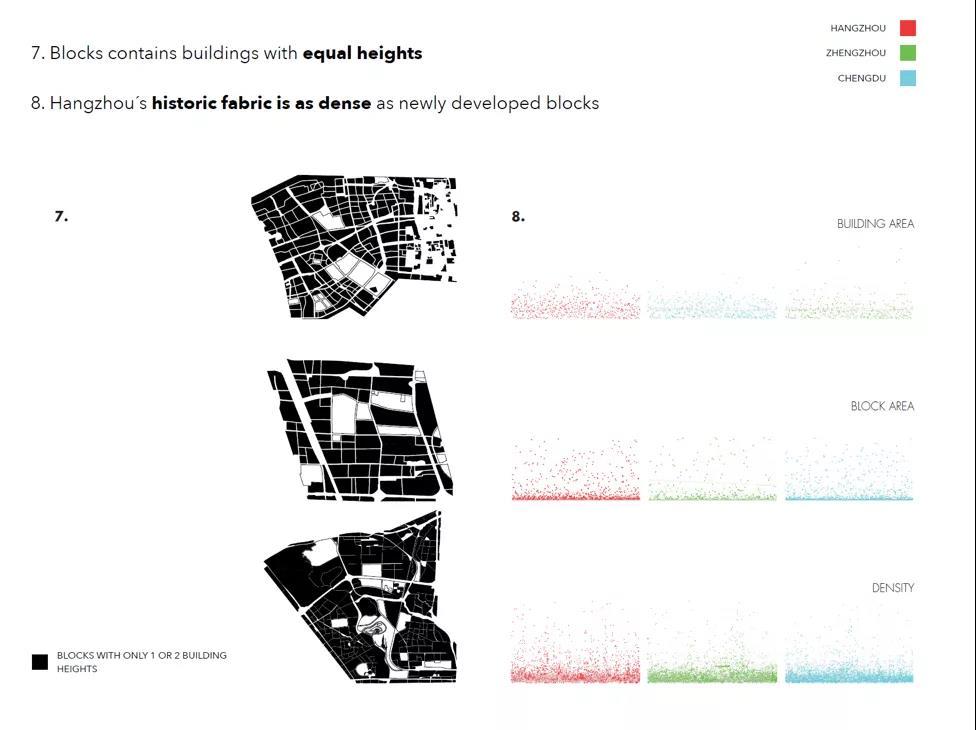
7、通常,每个城市街区都包含具有相同高度的建筑物。
8、杭州具有历史意义但零散的城市肌理与成都,郑州和杭州的新兴街区一样高密度。
7. In general, every urban block contains buildings with the same heights.
8. Hangzhou historic, fragmented fabric is as dense as newly developed blocks in Chengdu, Zhengzhou and Hangzhou.
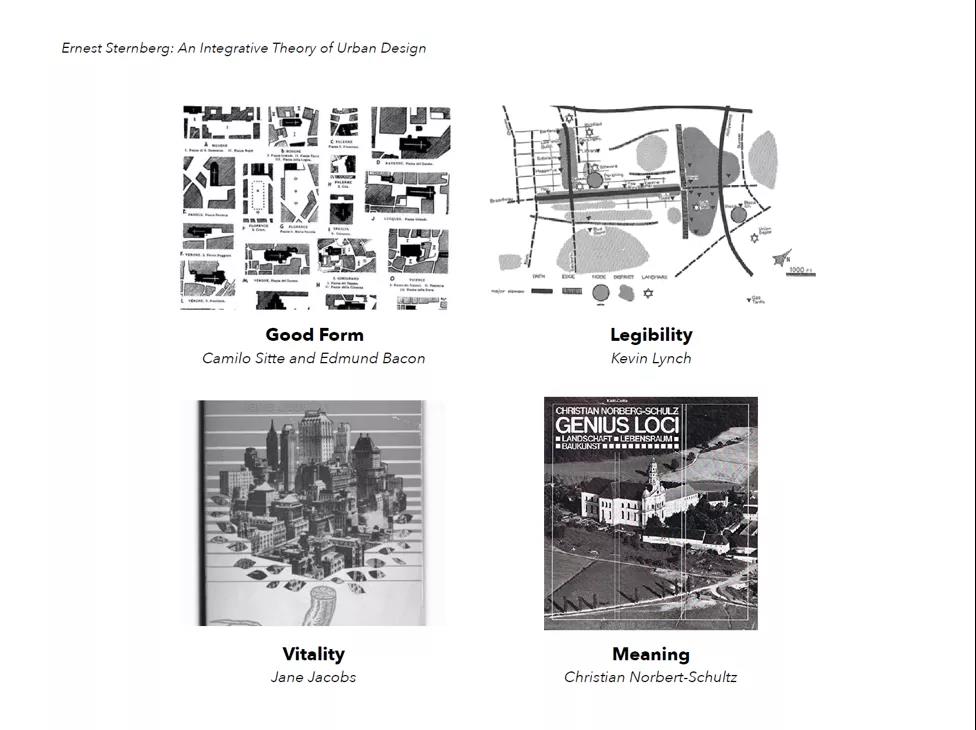
策略
Strategies
好的形式:卡米罗·西特(Camillo Sitte)和埃德蒙·培根(Edmund Bacon)关于几何的理论,基于以人类为中心的观点,认为公共空间的设计应基于视觉感知、身体的尺度和体验的连续性。凯文·林奇(Kevin Lynch)提倡城市元素应能被清楚识别,以帮助居民确定方向感、分类,并获得对周围环境的了解。简·雅各布斯(Jane Jacobs)提倡生命力作为一个好的城市的基本需求,并且为了使街道活跃起来,街道必须有多种用途,密度和业主相互支持。克里斯蒂安·诺伯特·舒尔茨(Christian Norbert-Schultz)在海德格尔(Heidegger)和盖德斯(Geddes)的研究基础上,描述了每个地方如何由最初的居民创造出自己的身份或精神,以及它们与更广泛的自然力量之间的关系。
Good Form: Theory based on geometrical aspects, Camillo Sitte Edmund Bacon based their theories on an anthropocentric perspective, arguing that public spaces should be designed on visual perception, the scale of the body and the continuity of the experience. Kevin Lynch advocates for the city’s elements to be clearly identifiable to help residents orient, categorize and acquire a sense of knowledge of its surroundings. Jane Jacobs promotes vitality as an essential need of a good city and, in order for the streets to be active, they must have several uses, densities and owners supporting each other. Christian Norbert-Schultz, develops on Heidegger and Geddes studies, describing how every place has its own identity or spirit, created by first inhabitants and their relationship with broader nature forces.
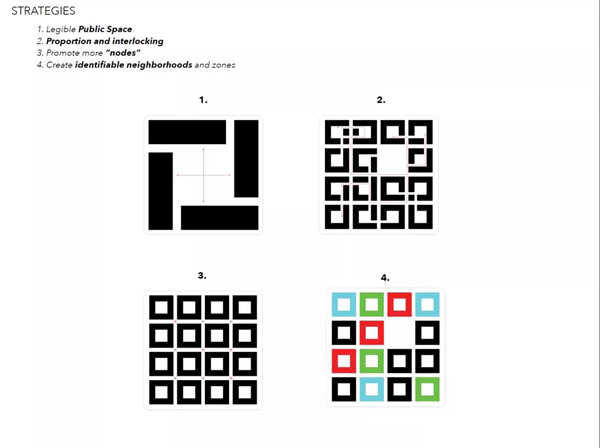
根据这些理论和实践框架,设计师制定了一套共十二种策略在中国城市设计领域内实施。1、公共空间:清晰可辨的整体和个体;2、比例和交互在公共空间之间建立相互关系;3.、促进更多的“节点”(密集活动的中心):较小的城市网格通常具有此功能,因为它们具有多个相交点;4、创建可识别的社区和区域;5、对实体的整体开发以及对各个部分都有清晰的愿景;6、更改城市街区和开发网格的规模;7、倡导多样的地块面积和产权制度;8、制定灵活的开发总体规划;9、测试空间用途和多样的土地用途;10、探索其他住房密度和类型;11、恢复区域特征,例如通过建筑技术和类型、生态/动植物、社会文化活动;12、 适用于不同地理条件的适应性强、可扩展、灵活的形式。
From these theoretic and good practices framework, the designer developed a set of twelve strategies to implement within the Chinese urban design landscape. 1. Public space: legible as a whole and as an entity; 2. Proportion and interlocking create interrelationships between public spaces ; 3. Promote more “nodes”: centers for intensive activities. Smaller grids usually functions for this purpose, as they have a multiplicity of intersections; 4. Create identifiable neighborhoods and zones; 5. Have a clear vision of both the entire development as an entity and of the individual parts which respond to such vision; 6. Change the scale of the urban blocks and the development’s grid; 7. Advocate for a wide variety of plot sizes and property tenure systems; 8. Have a flexible open master plan; 9. Test programming and multiplicity of land uses; 10. Explore other housing densities and typologies; 11. Recover regional identities such as building techniques and typologies, and ecology/flora and fauna, sociocultural activities; 12. Adaptable, scalable, flexible forms for different geographic conditions.
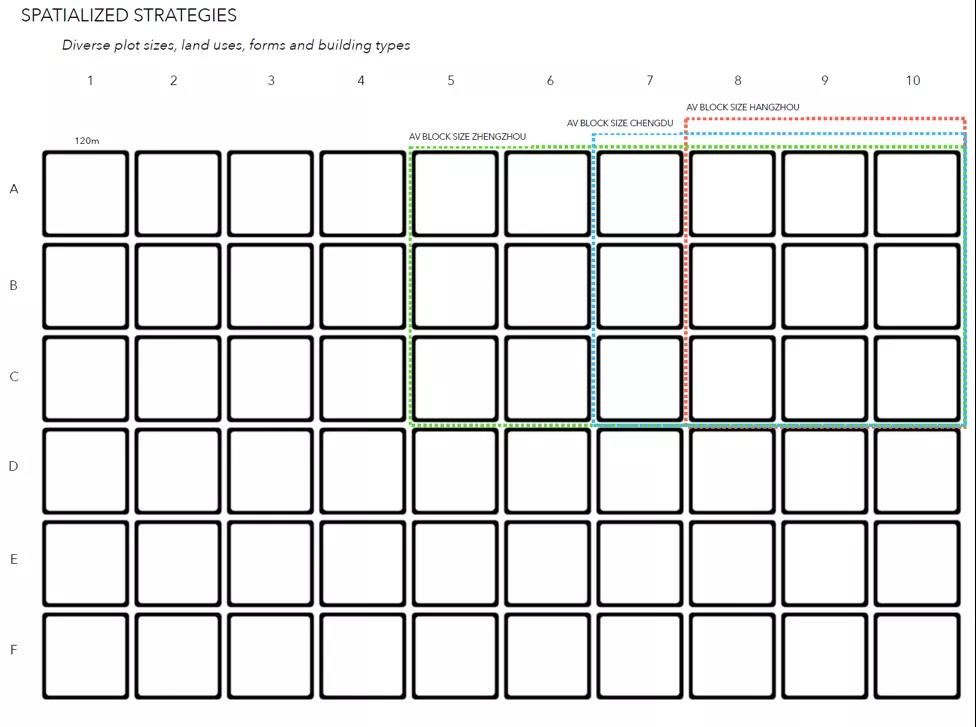
接下来,将这些策略以120m x 120m的模块大小进行空间化,这是Idelfonso Cerda在巴塞罗那恩桑切市使用的街区尺寸。重要的是,要注意此街区尺寸仅作为已被证明成功的一个示例,设计师们应探索或开发其他形式或尺寸。基于上述的十二种策略,设计师们可以制定出多种形式、土地用途、密度,和结构,从而形成充满活力的城市景观。
Those strategies are then spatialize on a 120m x 120m block size, which is the block area used by Idelfonso Cerda for the city of Ensanche of Barcelona. It is important to note that this dimensioning serves only as an example of a block which has proven to be successful, however other forms or dimensions should be explored or developed as well. From the previous twelve strategies, designers could formulate a wide range of forms, land uses, densities and structures for vibrant and active urban landscapes.
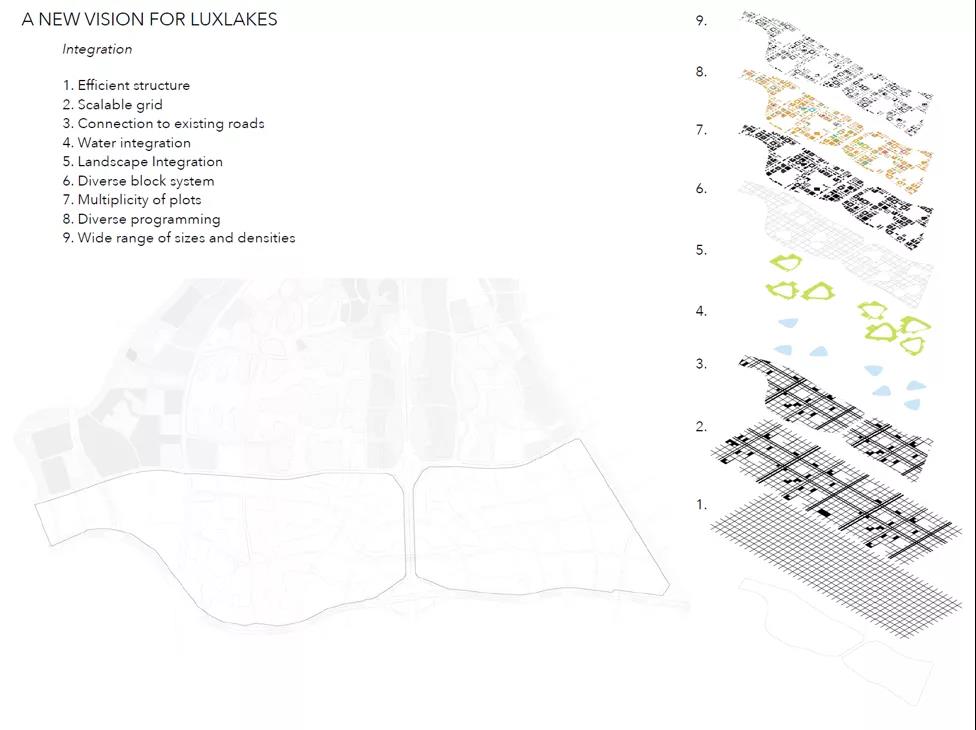
麓湖新视野
A New Vision for LUXELAKES
这些策略为中国城市和麓湖的发展奠定了建立新的视野的基础。麓湖的南部,基于其当前的发展状况以及其南北向和东西向连通性的潜力,是一个测试这些可能性的理想场地。麓湖有潜力成为新型城市形态的试验场所。这些新型城市形态能让人们重新思考、重新设计和改变中国孤立的开发项目.通过促进基于研究的设计并采用诸如连通性、包容性和多样性之类的核心价值,麓湖当前和未来将形成充满活力、相互连接和具有包容力的社区。
These strategies set up the foundation to formulate a new vision for urban developments in China and in Luxelakes. The south portion of Luxelakes becomes an ideal landscape to test these scenarios due to its current development status and the possibility to improve the Luxelake´s connectivity both on a north-south and east-west direction. Luxlakes has the potential of becoming a testing ground for novel urban forms envisioned to re-think, re-design and retrofit isolated developments in China. By promoting research-based design and adopting core values such as connectivity, inclusion and diversity, Luxelakes´s current and future phases will result on vibrant, dynamic, connected and inclusive neighborhoods.
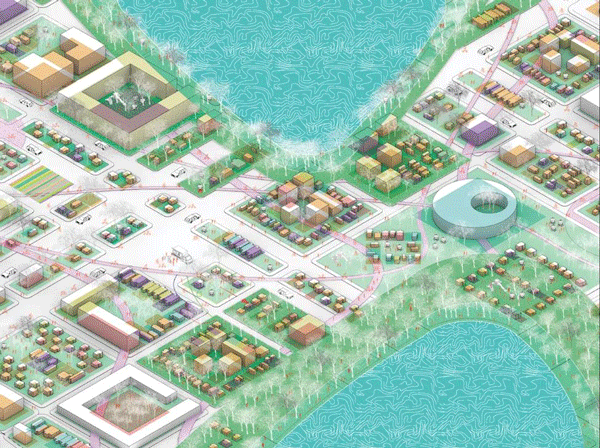
特邀客席导师点评
Comments from Guest Tutors
Andrew Stokols
我以前研究过其中的一些结构。我知道在中国,这种大区块的制度历史悠久,这与政治制度有关,也与发展模式有关。因此,我认为该研究对于街区类型的分析和在研究过程中发现的现象,共同组成了这个非常有趣而严肃的城市设计研究。我好奇的是在实践的过程中,研究中所提到的方案和策略,与街区尺度和实际的管理有怎样的关联?你的提案是否可被执行?会否过于理想化?
I've studied some of these structures before, and I know this system of large blocks in China has a long history, it is also related to political systems and the development model. So I really think it's an interesting urban design formal analysis of the block types and all the things that you found across the cities. I'm curious in terms of implementing this, how much of the things that you've identified have to do with the block sizes and the formal qualities versus the actual management of the development as a super block, as one company owned? How much can you do? Or is this too ideal in this context?
方元
Andy Fang
我看到你研究了麓湖片区关于封闭式社区和超大尺度非人性化街区的问题,但你认为这种现象背后的原因是什么?它为什么会存在?哪些群体从这种开发模式中受益,哪些群体将受到损害?阻止计划者改变的最大惯性是什么?我认为要先回答了这些问题你才好去匹配解决方案。我建议你把这个现象与美国的城市蔓延现象做一类比。我们都知道城市摊大饼蔓延是不好的,但它操作起来又便宜又有效,且不需要改变现有的体制和利益群体,不需要多费脑筋,所以没有人愿意做出改变。中国的情况是否有区别?在大尺度的封闭社区改变方面,你可以看看弗吉尼亚州的雷斯顿市,它曾经是也是典型的美国郊区大尺度街区和封闭式社区的代表,但经历了过去20年的改变,它现在已经演变成非常活跃、开放、混合功能的。看看它的演化过程,或许对你有所帮助。
You talked about disconnected urban enclaves or super-sized urban scale, but what do you think is the rationale behind it? Why does it exist? Who benefit from this development model and who's harmed by it? What is the biggest inertia stops planners and developers from making a change? You might want to compare that with the urban sprawl phenomenon in the United States: it's cheap, it works, it takes no brain hassle, no need to re-structure anything, so no one's willing to push for a change. Is it the same situation for this project, or is it different? In terms of change-making, you could probably investigate a case called Reston of Virginia, which was once a typical enclaved development and now is evolving into the vibrant, mixed-use open community. Studying how Reston made the change may help.
庄子玉
Zhuang Ziyu
在我看来,设计总是有意图的。我看到的研究和结论都是在非常精妙的图表上,但就其结果而言,我觉得它有一种非常强烈的姿态,它暗示了等级制度,而且它非常单一——这个城市的社区都很均质,与周围环境的有巨大的断裂。我想知道,像这样的城市设计的意图,是使一个街区更封闭,或与城市及其他社区更加分离?或者,这种城市规划的某些特点,也可以加强各个街区或社区之间的联系?
From my understanding, a design always has an intention. I see the studies and conclusions on very subtle diagrams, but for the result, I feel it has a very strong gesture, it suggests hierarchy and it is very homogeneous—the city has a very average quality of community and very big gap of for the surroundings. I am wondering, is it an intention to make a block more enclaved or separated from the rest of the city or the community? Or is there possibility that certain characteristics of such urban planning is enhancing the linkage of existing sites?
特邀客席导师介绍
About the Guest Tutors
Andrew Stokols
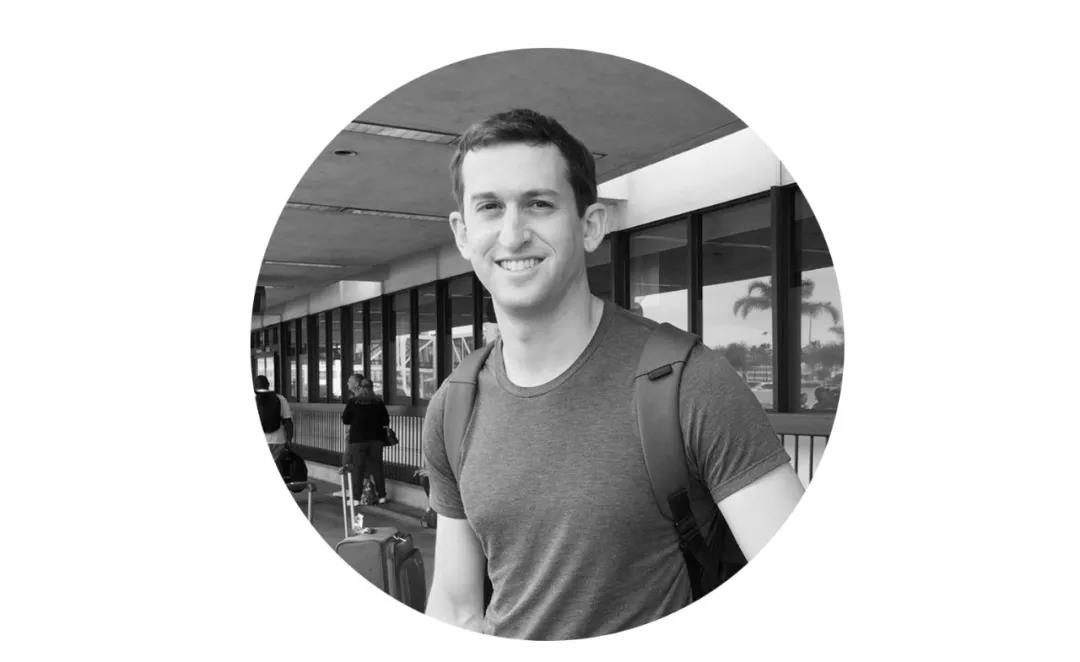
麻省理工学院城市研究与规划系,博士(在读)
哈佛大学设计学院,城市规划,硕士
加州大学伯克利分校,历史与城市规划,全球贫困与实践,本科
Andrew Stokols是一位城市规划师/设计师和研究员。目前正在探索创新经济的空间方面之间的关系,城市设计和创新之间的关系,以及空间趋势,如经济活动集中在“超级城市”,如何推动了全球民粹主义的崛起。
MIT in the Department of Urban Studies and Planning, PhD candidate
Harvard Graduate School of Design, urban planning, master
UC Berkeley, history and urban planning, global poverty and practice, undergraduate
Andrew Stokols is an urban planner/designer and researcher. His research currently explores the relationship between the spatial aspects of the innovation economy, the relationship of urban design and innovation, and how spatial trends such as the concentration of economic activity in “superstar cities” have fueled the rise of global populism
方元
Andy Fang
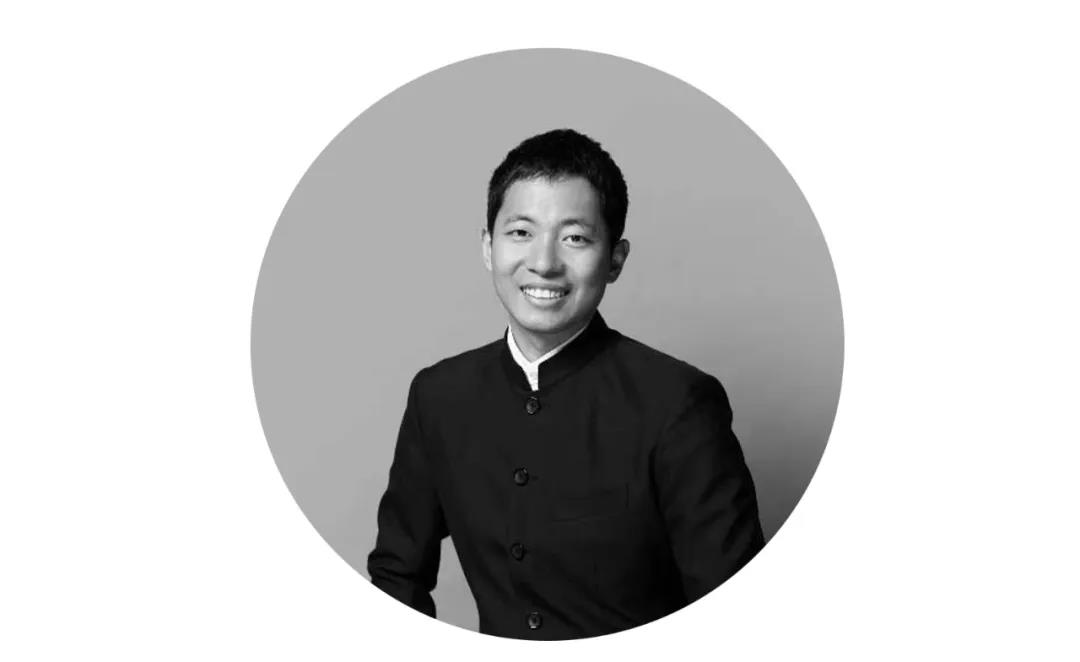
AECOM 助理董事 城市经济规划副总监
美国注册城市规划师 (AICP)
美国规划协会 (APA) 高级顾问
具备多年城市发展战略规划和地产投资的国际经验,善于洞察各类城市发展规律,并根据城市特征制定突破性的发展战略,具备战略规划、经济规划、智慧城市、小城镇及乡村振兴、历史遗产保育、影响力投资、海外地产投资与地产金融、政府和社会资本合作、全球资本技术整合等项目经验。
过去十二年间,方元曾多次受联合国教科文组织、美国国务院、能源部、住建部、中国国家发改委、自然资源部、国家文物局、外国专家局,以及中美两国地方政府邀请,作为规划专家参与以可持续发展、智慧城市等主题的国际级咨询项目。此外,方元还曾为600余名市长进行过城市规划培训,并参与过总资产价值超20亿美元的跨境地产投资项目。
工作经历:
2019—至今 AECOM华西区,助理董事,城市经济规划
2018—2019 华夏幸福国际,旧金山,美国,高级区域经理
2016—2017 华发实业股份,旧金山,美国,地产投资经理
2010—2014 美国规划协会 (APA),华盛顿,美国,国际项目主任、市长培训项目负责人
2008—2010 美国规划协会 (APA),华盛顿,美国,中国项目官员
教育经历:
2014—2016 哈佛大学,设计学硕士
2007—2009 密歇根大学,城市与区域规划硕士
2002—2006 加拿大圣托马斯大学,历史学、社会学双学士
部分文章发布:
《可持续城市金融指导》
发布:世界资源研究所(2019)
《TOD规划、融资与实施中的十大难题》
发布:世界资源研究所(2019)
《不动产税助力历史街区保育的国际经验》
发布:《瞭望新闻周刊》(2016)
《中国新城新区发展报告》
发布:中国国家发改委(2015)
《历史保护,终究是为了挽留生活》
发布:纽约时报(2014)
《打造智慧城市,不能靠技术堆砌》
发布:纽约时报(2013)
《美国规划ABC》
发布:美国规划协会(2011)
《碳交易与国家战略白皮书》
发布:美国规划协会(2009)
Associate Director, Economics, AECOM
AICP
APA Senior Consultant
10+ years of urban development expertise with solid international project management experience, specialized in urban planning, smart city, climate resilience, infrastructure and real estate investment, transit-oriented development, urban transportation, social development, and public-private partnership.
Proven financial analysis, project appraisal and modeling skills, with $10 billion USD worth of urban development projects underwritten in U.S. and China.
Extensive experience in stakeholder engagement with worldwide network with NGOs, governments and businesses including U.S.’ Department of Housing and Urban Development, Environmental Protection Agency, and China's National Development and Reform Commission, Ministry of Natural Resources, and international organizations including UNESCO, UNDP, UN-Habitat and the World Bank.
Working Experience:
Nov 2019—Present Associate Director, Economics, AECOM, Chengdu
May 2018—Nov 2019 Senior Manager, Region Management, CFLD US, San Francisco
July 2016—Oct 2017 Real Estate Investment Manager, Huafa Group, San Francisco
Dec 2008—Aug 2014 International Program Manager, American Planning Association
Aug 2014—present Consultancy, International Program Manager, American Planning Association
Education:
Sept 2014—May 2016 Master in Design Studies in Real Estate and Built Environment, Harvard University
Sept 2007—April 2009 Master in Urban and Regional Planning, University of Michiga
Sept 2002—April 2006 Bachelor of Arts - Major in History, Minors in Sociology, St. Thomas University
Publications:
"Learning Guide on Sustainable Urban Finance"
Published by World Resource Institutte(2019)
"Transit- Oriented Development: 10 Questions about Planning, Financing and Implementation"
Published by World Resource Institutte(2019)
"Global best practices on conserving historic properties with property tax strategies"
Published by Outlook Weekly(2016)
"China's new town development report"
Published by National Development and Reform Commission(2015)
"Extending lives with historic conservation"
Published by New York TImes Chinese Website(2014)
"building smart city isn't a game of technology collage"
Published by New York TImes Chinese Website(2013)
"American Planning ABC"
Published by American Planning Association(2011)
"Carbon trade and national strategy"
Published by American Planning Association(2009)
庄子玉
Ziyu Zhuang
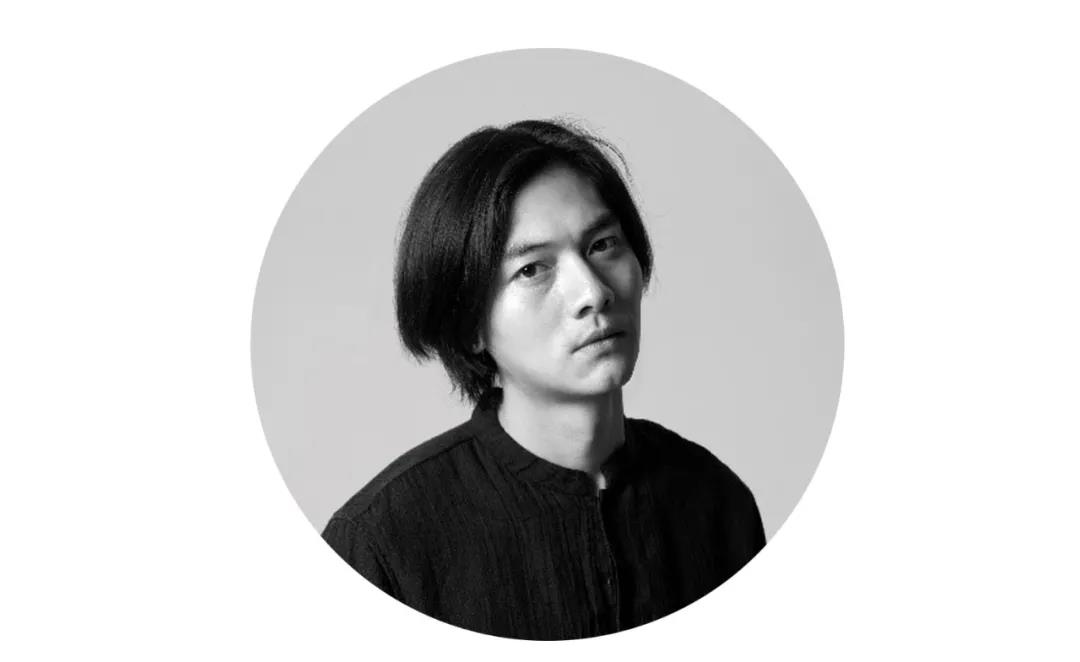
建筑师,德国RSAA设计集团合伙人
美国哥伦比亚大学建筑与城市设计硕士,师从伯纳德·屈米(Bernard Tschumi)和肯尼思·弗兰普顿(Kenneth Frampton)。凭借腔体教堂、铜陵山居、鼓楼7号院、云顶57餐厅、南京凯悦臻选、成都温江悦榕庄、济宁文化中心、上海新天地“坛城”等项目,庄子玉历获纽约Architizer A+文化类大奖、世界建筑节WAF/INSIDE年度装置大奖、英国WAN年度最佳住宅、意大利THE PLAN特别提名奖、德国设计奖大奖、德国ICONIC至尊奖、意大利A'金奖、DFA亚洲最具影响力设计奖金奖、法国国际创新设计大奖最高奖、亚太区室内设计大奖金奖、德国iF设计奖、德国红点奖、中国勘察设计协会BIM大奖、中国建筑装饰协会最高奖项之设计艺术成就奖等奖项。
庄子玉是美国建筑师协会(AIA)联合会员,美国绿建协会(USGBC)认证专家(LEED AP),纽约建筑师联盟(Architecture League of New York)成员,2018-2019年天津大学建筑学院特聘研究生国际实验班导师,并曾在香港大学、哥伦比亚大学、纽约帕森设计学院、清华大学和明尼苏达大学作为客座评图。
Architect, Partner of RSAA GmbH
Learning after Bernard Tschumi and Kenneth Frampton, Ziyu Zhuang has been granted the Master’s degree of Architecture and Urban design in Columbia University, USA. With the projects such as Zhangjiagang Church, Tongling Recluse, Courtyard No.7 at The Drum Tower, The Top of Cloud, Nanjing The Unbound Collection by Hyatt, Chengdu Wenjiang Banyan Tree Hotel, Jining Culture Center Urban Design, Shanghai “The Cloud Maze” and other projects, he has won Architizer A+ Award, World Architecture Festival WAF/INSIDE Design Award – Display Winner, WAN Awards-House of the Year, THE PLAN AWARD-HONORABLE MENTION, German Design Award-winner, ICONIC AWARDS: Innovative Architecture-Best of Best, A’ Design Award, DFA Awards-Gold Award, INNODESIGN PRIZE - winner, APIDA-Gold Award, iF DESIGN AWARD, Reddot award, the BIM Award of China Engineering & Consulting Association, and the Design and Art Achievement Award, one of the top prizes of China Building Decoration Association.
As the member of AIA, the member of Architecture League of New York and as the LEED AP of USGBC, Ziyu Zhuang has been invited to be the visiting professor of Tianjin University School of Architecture in 2018-2019, also as a guest critic at the University of Hong Kong, Columbia University, New York Parsons School of Design, Tsinghua University and University of Minnesota.
课程教学组
Workshop Teaching Team
Brent D. Ryan
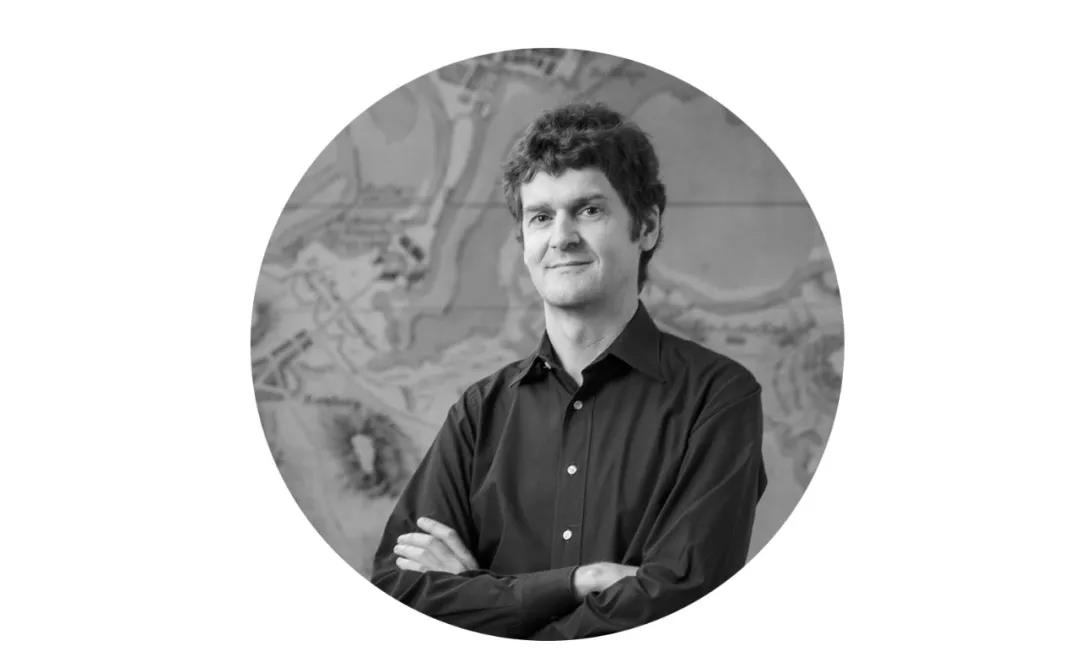
麻省理工学院城市设计与公共政策副教授
麻省理工学院城市研究与规划系城市设计与发展小组负责人
MIT CSAP教授顾问
Associate Professor of Urban Design and Planning
Head, City Design and Development Group
MIT CSAP Faculty Advisor
Brent D. Ryan是麻省理工学院城市研究与规划系城市设计与开发小组负责人兼城市设计与公共政策副教授。他的研究专注于当代城市设计的美学和政策,尤其是在当前和紧迫的问题(例如去工业化和气候变化)方面。Ryan教授的第一本书《Design After Decline: How America rebuilds shrinking cities》被Planetizen评选为2012年十大最佳城市规划书之一,而他的第二本书《The Largest Art》则由MIT Press于2017年出版。
Brent D. Ryan is Head of the City Design and Development Group and Associate Professor of Urban Design and Public Policy in MIT’s Department of Urban Studies and Planning. His research focuses on the aesthetics and policies of contemporary urban design, particularly with respect to current and pressing issues like deindustrialization and climate change. Professor Ryan’s first book Design After Decline: How America rebuilds shrinking cities, was selected by Planetizen as one of its ten best urban planning books of 2012, and his second book, The Largest Art, was published by MIT Press in 2017.
戎航
Helena H Rong

麻省理工学院理学城市研究硕士、康奈尔大学建筑学学士
麻省理工学院房地产创新实验室研究项目负责人
“成都城市调研:激发中国新发展”客座讲师
MIT CSAP联合创始人
Master of Science in Architecture Studies: Architecture and Urbanism (SMArchS Urbanism), Massachusetts Institute of Technology
Cornell University Bachelor of Architecture
Research Associate at MIT Real Estate Innovation Lab
Urban Hacking Chengdu: Activating New Development in China, Co-lecturer
MIT CSAP Co-Founder
贺梦琪
Mengqi Moon He

麻省理工学院建筑与城市在读理学硕士,南加州大学建筑学学士
“成都城市调研:激发中国新发展”课程助教
MIT CSAP 联席主席
Master of Science in Architecture Studies: Architecture and Urbanism (SMArchS Urbanism), Massachusetts Institute of Technology
Bachelor of Architecture, University of Southern California
Urban Hacking Chengdu: Activating New Development in China, Teaching Assistant
MIT CSAP Co-President

